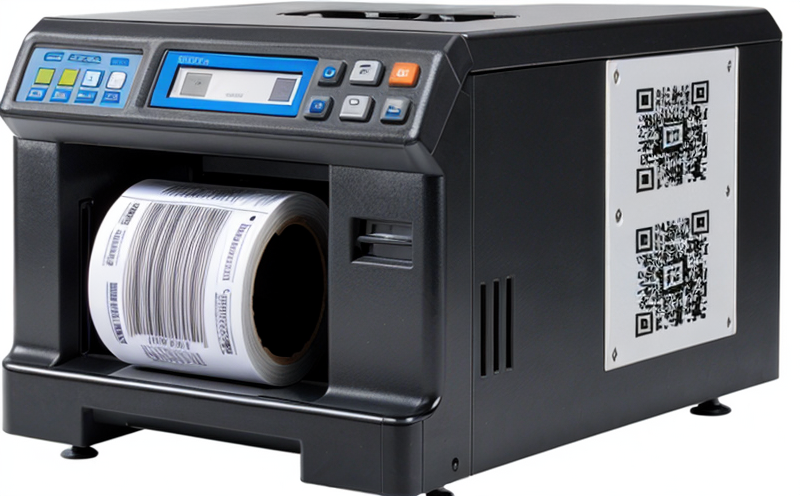ISO 28460-2 Barcode Readability After Transportation Simulation
The barcode is an essential component of modern packaging and labeling systems. It serves as a critical point in the supply chain, facilitating efficient identification and tracking of products. In industries such as logistics, manufacturing, retail, and healthcare, barcodes are used to ensure that goods are accurately identified and processed throughout their lifecycle.
However, barcodes can be exposed to various environmental stresses during transportation and storage. These include temperature fluctuations, humidity changes, exposure to light, and physical abrasion. The integrity of the barcode is crucial for ensuring its readability at critical points in the process. This is where ISO 28460-2 comes into play.
ISO 28460-2 specifies a method for determining the readability of barcodes after they have been subjected to transportation simulation testing. The test simulates the conditions that packaging and labels may experience during typical transport, including exposure to environmental factors such as temperature cycling, humidity, and light.
The test is particularly important in industries where product traceability and accuracy are critical. By ensuring that barcodes remain readable after transportation, manufacturers can avoid costly errors, enhance customer satisfaction, and maintain compliance with regulatory standards.
During the test, barcodes are subjected to a series of environmental stressors designed to replicate real-world conditions. The test typically involves exposure to temperature cycling between extreme temperatures, humidity levels, and light exposure over an extended period. After the simulation, the barcode is scanned using standard equipment to assess its readability.
The ISO 28460-2 method provides detailed guidelines on how to prepare specimens for testing, including the type of materials used for packaging and labels, the conditions under which they will be subjected to stressors, and the criteria for determining barcode readability. The test is designed to simulate real-world conditions as closely as possible to ensure that barcodes can withstand the rigors of transportation.
The results of the ISO 28460-2 test are critical for manufacturers and quality control departments. They provide valuable insights into the durability of packaging materials and labels, helping companies identify potential weaknesses in their supply chain processes. This information is essential for improving product quality, reducing waste, and ensuring compliance with international standards.
| Industry Segment | Use Case |
|---|---|
| Pharmaceuticals | Ensuring product traceability and compliance with regulatory requirements. |
| Food and Beverage | Guaranteeing product integrity during transportation to prevent spoilage or contamination. |
| Logistics and Warehousing | Facilitating efficient inventory management and reducing errors in order fulfillment. |
| Retail | Avoiding discrepancies in point-of-sale transactions to enhance customer satisfaction. |
Industry Applications
- Pharmaceutical manufacturers who need to ensure compliance with regulatory standards for product traceability.
- Food and beverage companies looking to prevent spoilage or contamination during transportation.
- Logistics and warehousing firms aiming to improve inventory management and reduce errors in order fulfillment.
- Retail businesses seeking to enhance customer satisfaction by minimizing discrepancies in point-of-sale transactions.
Why Choose This Test
The ISO 28460-2 barcode readability after transportation simulation test is essential for companies that rely on barcodes as a critical component of their supply chain processes. By ensuring that barcodes remain readable and accurate, this test helps manufacturers and logistics providers maintain product integrity, enhance customer satisfaction, and comply with regulatory standards.
The test provides valuable insights into the durability of packaging materials and labels, helping companies identify potential weaknesses in their supply chain processes. This information is essential for improving product quality, reducing waste, and ensuring compliance with international standards such as ISO 28460-2.
For pharmaceutical manufacturers, this test ensures that product traceability remains accurate throughout the supply chain. For food and beverage companies, it helps prevent spoilage or contamination during transportation. In logistics and warehousing firms, it improves inventory management and reduces errors in order fulfillment. And for retail businesses, it enhances customer satisfaction by minimizing discrepancies in point-of-sale transactions.





